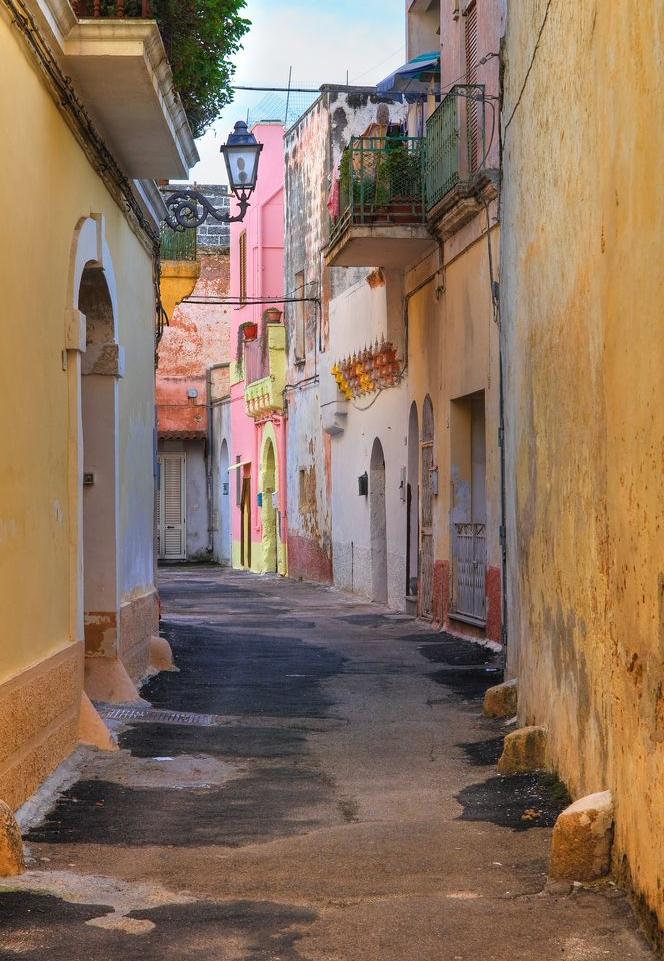Church of San Cataldo
The Church of San Cataldo is located on the edge of the old town, outside the medieval city walls and partly absorbed by the urban development of the modern area. Its construction was due to Antonio Angrisani who died (1765) donated his goods to the chapter as long as they were destined for the construction of a new church. The work was initiated in 1772 and completed in 1783 and only in 1788 was opened to the public. Very troubled events characterized the design and construction of the building. In fact, at first the direction of the works was entrusted to the Royal Engineer Giuseppe Palmieri and then sold to Maestro Antonio Antelmi.
The façade shows a sober and very elegant Baroque: the pilasters and the cornicions share it in a harmonious way without subscribing to decorative decorations. In fact, the Baroque decoration that surrounds the portal and the Curvilinear window of the second order is essential. Only in the upper part there is a greater refinement of details, such as the lateral serpentines, the torchlight and the central niche surrounded by a mirror effect that houses the figure of San Cataldo in episcopal dresses. Following the last restoration work a hypogeal sepulchre was discovered with barrel vaults, which can be glimpses only by means of some mirrors as it is impossible to access. Inside the church on the high altar of 1789, built by the master of Greek of Ostuni, is placed a sculpture in polychrome stone of the holy owner of the church, in the midst of a superb plant, overflowing with white stucco.
Also inside the church is the modern wooden statue of San Biagio, the work of Vincenzo Musner, very important because it is linked to the celebrations in honor of the Saint on February 3.
Contact guide
The religious community celebrates San Biagio on February 3rd. Although there is no church in the village dedicated to him, the rites of the blessing of the gorge take place inside the Church of San Cataldo, in Corso Umberto.
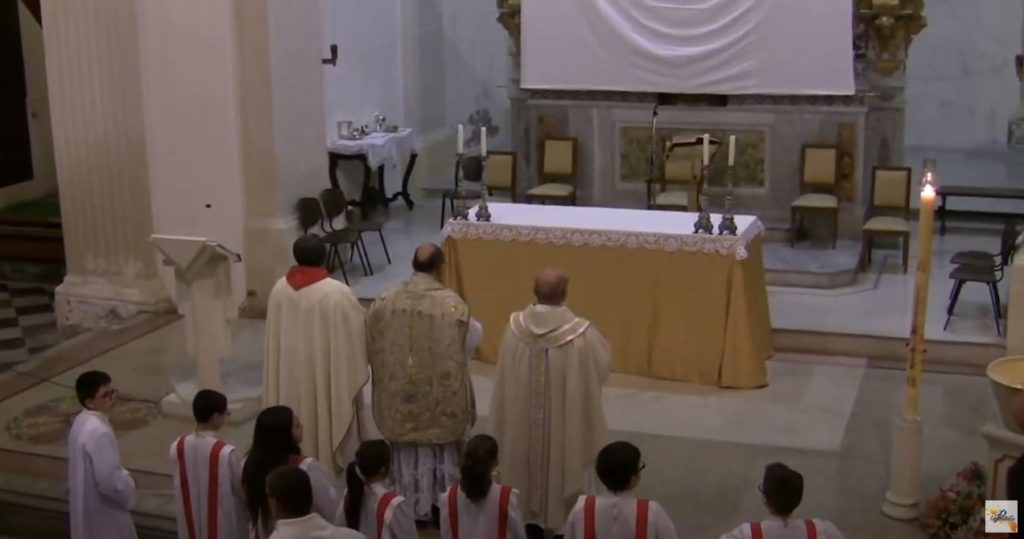
Sparo del panno
On the Holy Saturday a purple cloth, hanging above the altar during the season o[...]
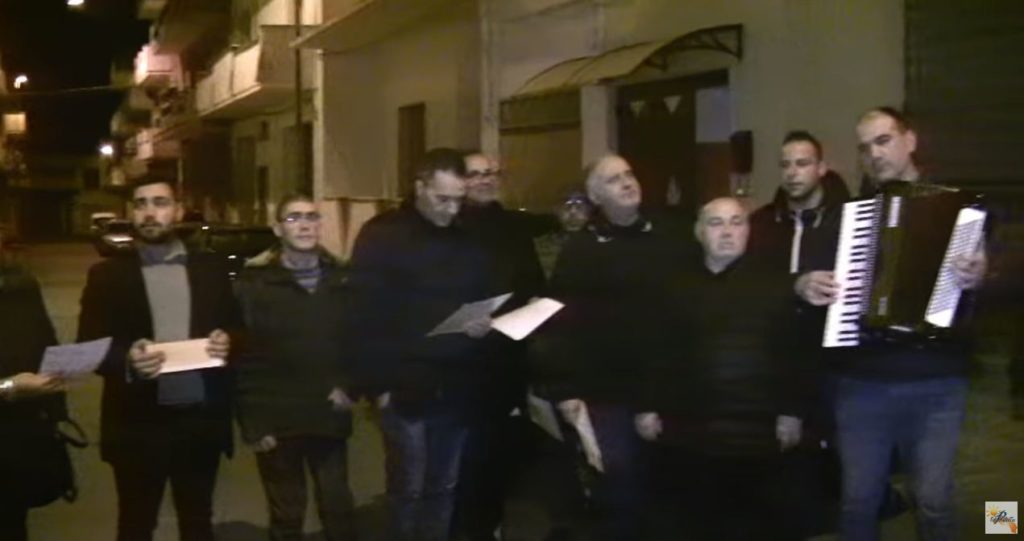
Santu Lazzaru
In ancient times, Easter in Salento was introduced by Christ’s Passion’s Car[...]
Living Nativity Scenes
From 25 December to 6 January: living crib in the historic center. For the occas[...]
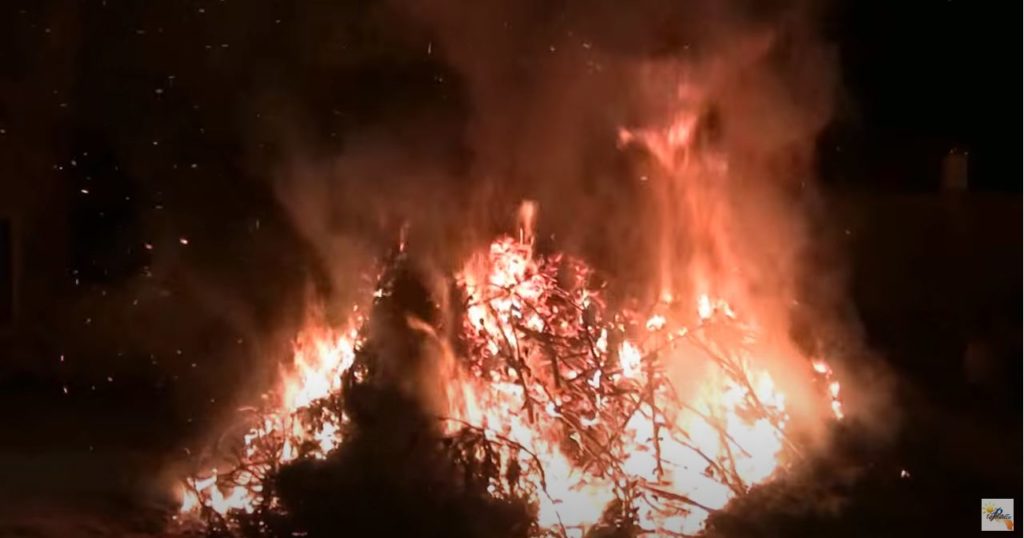
Saint Lucia
In Galatone, the inhabitants start to feel the Christmas spirit from December 12[...]
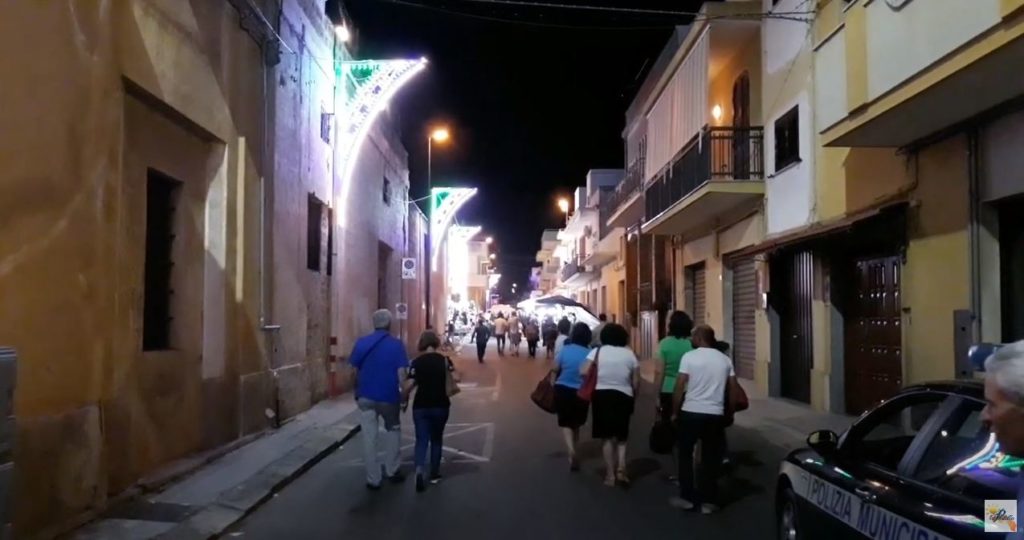
Santissimi Medici
It is held on September 25th and 26th. Religious festival with lights and firewo[...]
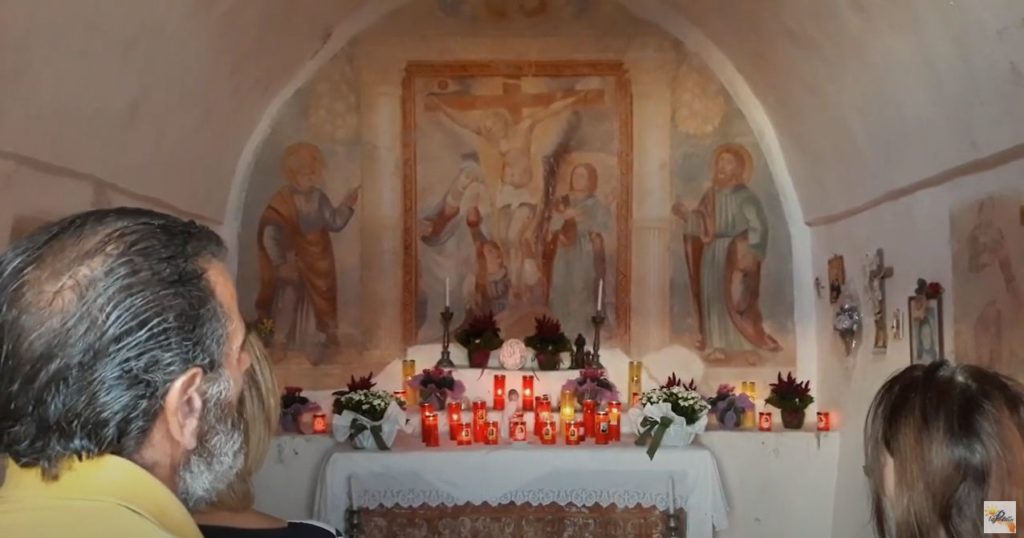
Cristu di Tabelle
September 14th, a religious festival in the ancient farmhouse of Tabelle. For th[...]
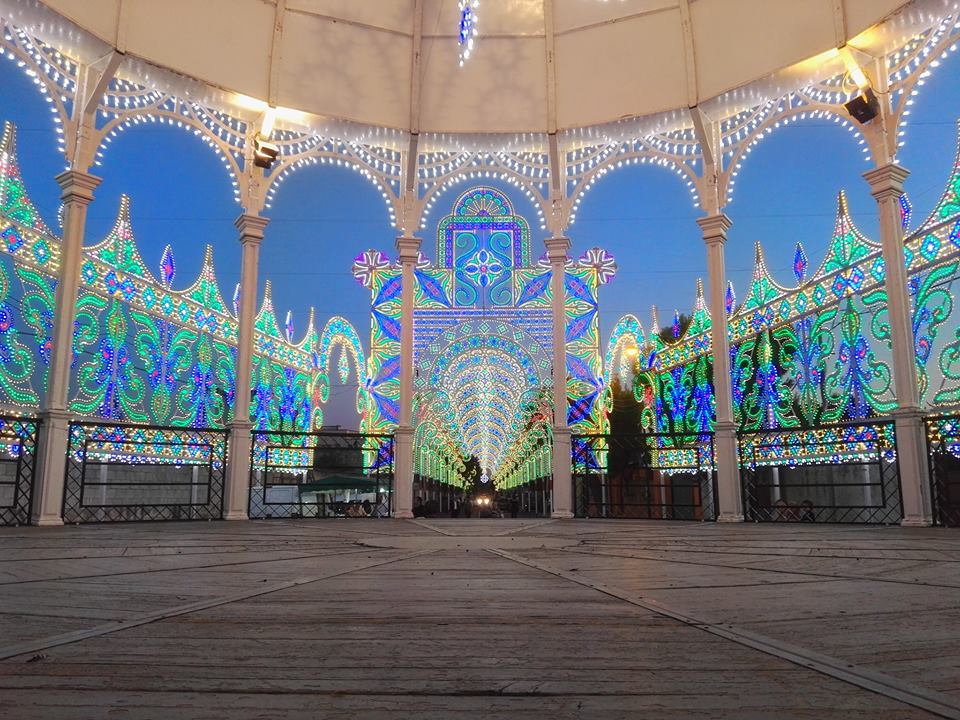
Madonna of Grace
The celebrations in honour of Our Lady of Grace take place since the Eighties of[...]
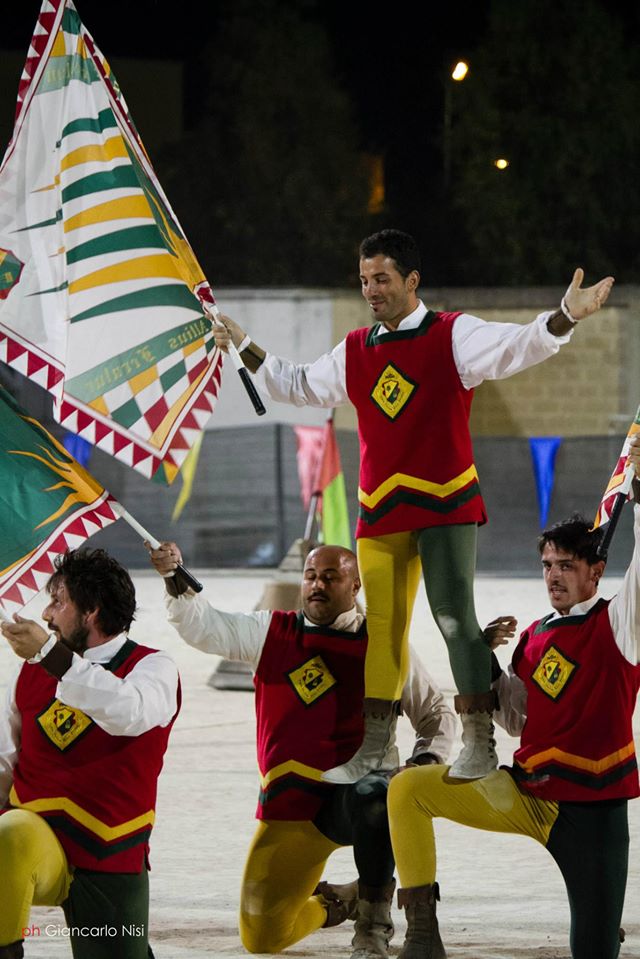
Palio delle contrade
It is held either in the first ten days of August or early September. Event with[...]

Sant’Anna / Galatone in pot
On 26 July, another religious festival with illuminations. For the occasion ther[...]
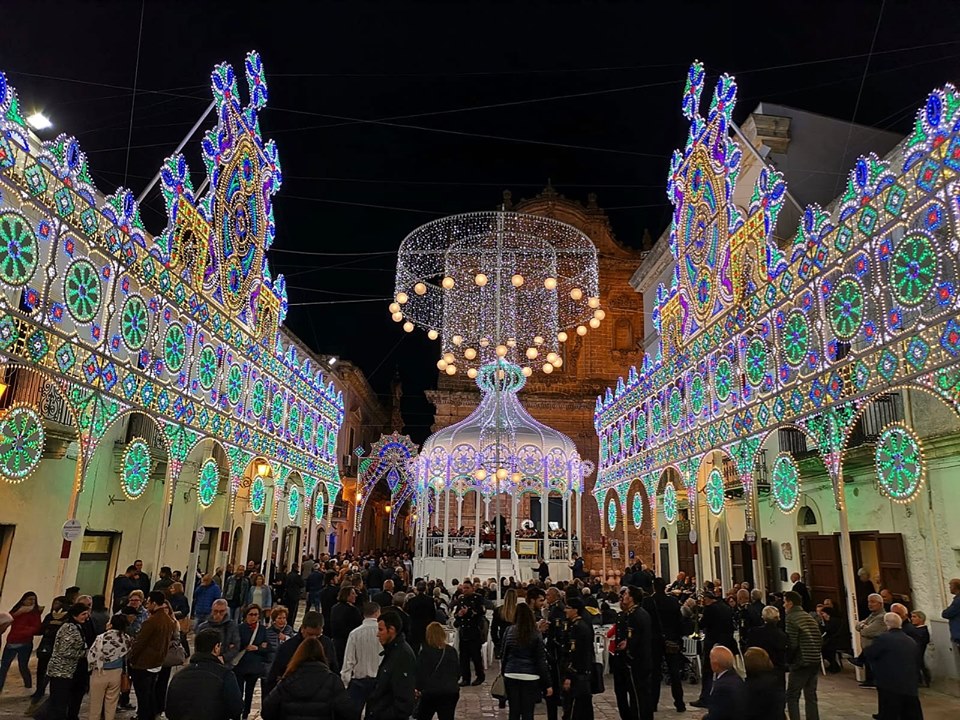
Festa SS. Crocifisso e Carro di Sant’Elena
The feast of Holy Crucifix of the Pietà is celebrated from 2nd to 4th May. The [...]

